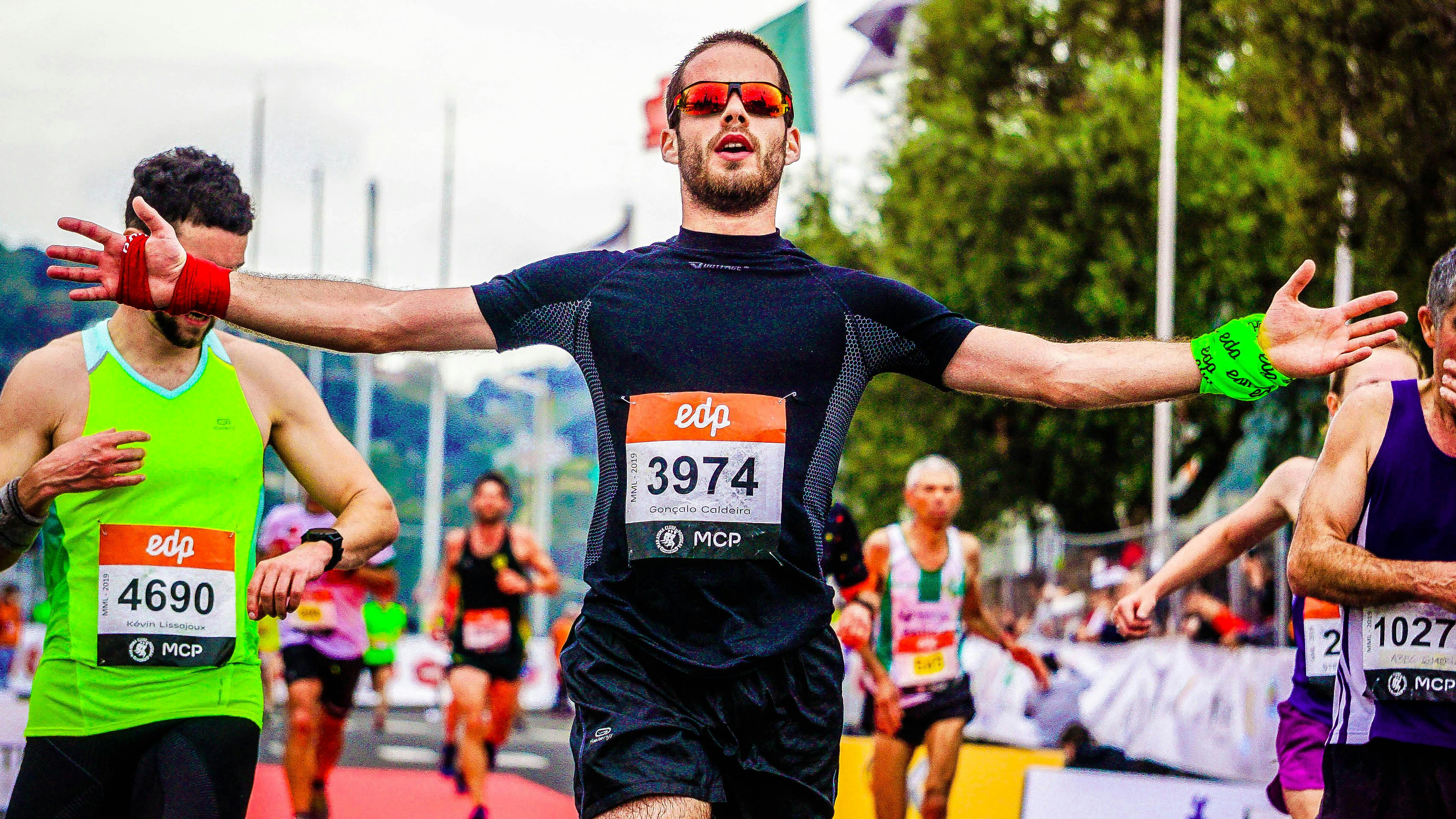Tales as high as the Andes and as colorful as the stories of WH Hudson emerge today from USO reports on his work in the jungles of Central and South America. With the lifting of wartime restrictions, the story of the USO’s vast network of forward services for men stationed in isolated locations from Guatemala to Peru can be told. By plane and emergency boat, tuna boat and converted private yacht, his forward workers have traveled thousands of miles a month to bring information, recreation and a breath of America to men hungry for memories of civilian life.
Throughout the war years, the USO, at the request of the Army, conducted a kind of “triple threat game” at these jungle outposts, teaching the men how to recognize and avoid dangerous reptiles and other dangers. of life in the jungle, organizing jungle trips to capture notable species of wildlife and demonstrating hobbies that make use of crocodile skins and other indigenous animals and plants from various regions. An important part of their work also resided in the pure entertainment that they could offer, through live talent shows, dances and radio and theater programs. The most practical and valuable, perhaps, has been the Jungleology program conducted by Stanley M. Hamilton, Director of the USO Atlantic Outpost Service, and Clarence H. MacDonald, Director of the USO Pacific Coast Outpost Service. the USO, with active operation by Kenneth W. Winton, Science Professor at Balboa (Canal Zone) Junior College and jungle expert. ‘
“When we’re not flying,” wrote Mr. MacDonald, “we pack up our specimens in an old van and head out to available air force positions by road and adjacent to Panama. We carry bottled specimens of most venomous snakes, insects, and plants that can harm the military. We also carried some boa constrictors. These are a great help to end phobias and superstitions about nature. Interesting to see the military’s lifelong horror of snakes, spiders, scorpions, etc. . . . , collapse in an hour of speaking directly about the environment in which they now live, the jungles.”
On a plane trip to the Galapagos archipelago off the coast of South America, Mr. MacDonald took a cage of snakes with him. Just as the plane was about to take off, two startled colonels came face to face with the reptiles, who gazed with ophidian fascination at their silver eagles. The officers wanted to know what was going on. As Mr. MacDonald explained, the colonels, mollified, used the top of the snake cage for a game of cards that lasted 800 miles. At the next Jungleology conference they were both in the front row.
